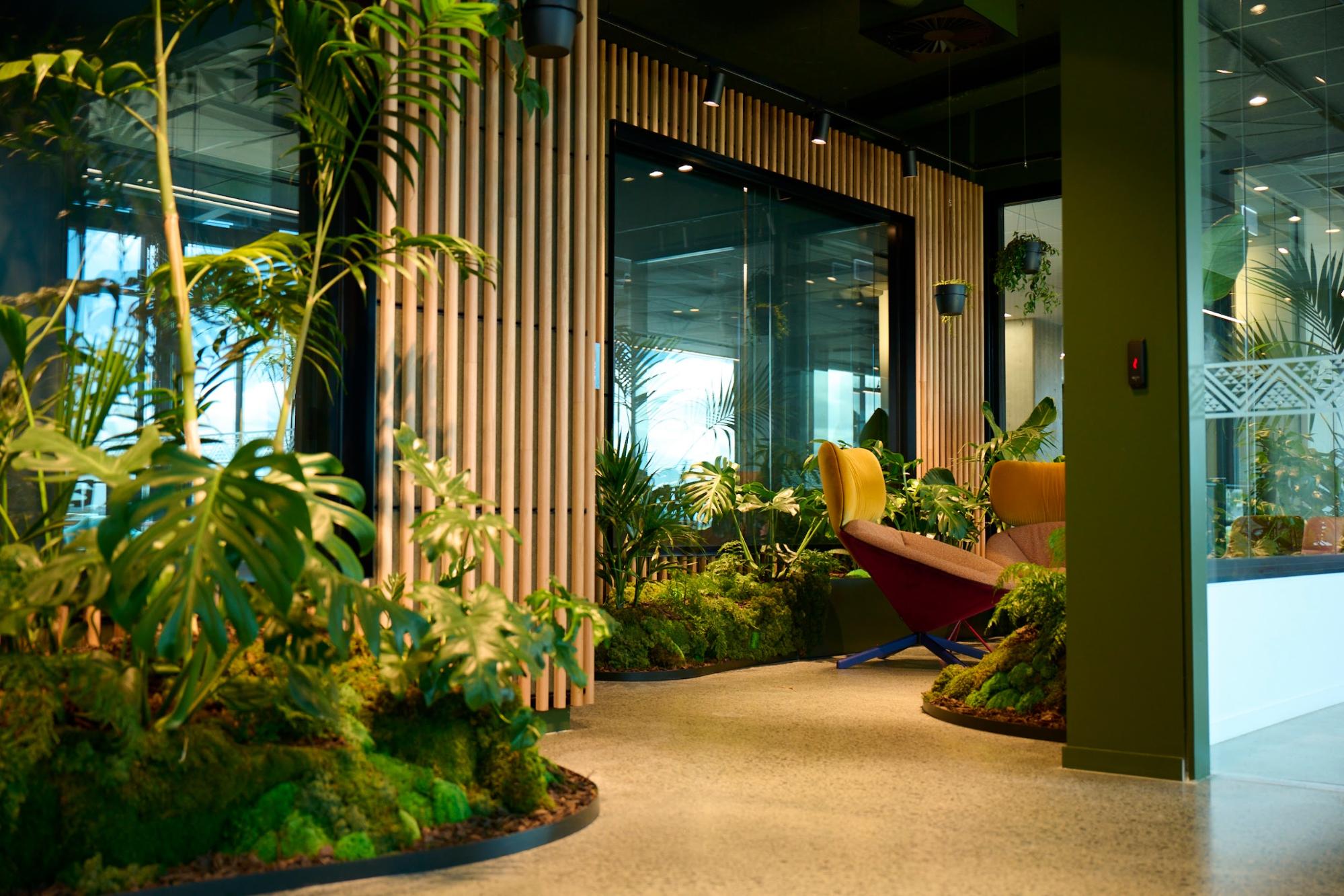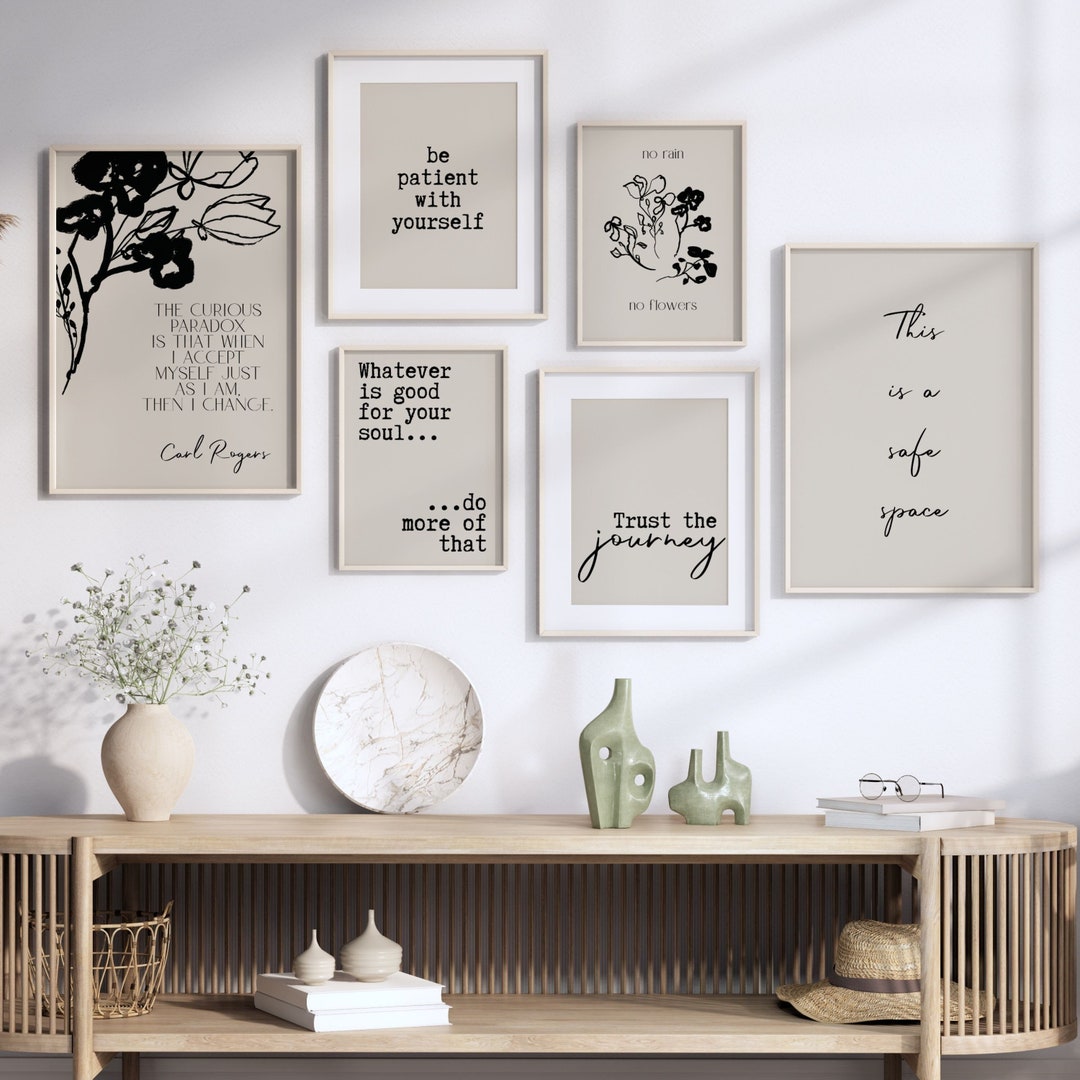How to Create a Positive Living Space for Mental Health

How to Create a Positive Living Space for Mental Health
As we navigate the complexities of middle age, our living environment plays a crucial role in shaping our mental well-being. A well-designed home can be a sanctuary that reduces stress, enhances mood, and supports overall mental health. In this article, we’ll explore practical tips and insights to help you create a positive living space tailored to the needs and lifestyle of middle-aged individuals.
Introduction to Mental Health and Living Spaces
The connection between our surroundings and mental health is well-documented. Environmental psychology highlights how specific design elements, such as lighting, spatial flow, and natural materials, can affect anxiety levels, sleep quality, and emotional well-being .11. For middle-aged individuals, creating a supportive living environment is essential, especially during life transitions or when managing stress.

1. Maximize Natural Light
Exposure to natural light is one of the most critical factors in maintaining mental health. Sunlight helps regulate our circadian rhythms, which affect our sleep patterns, mood, and energy levels .4 .10. Here are some ways to maximize natural light in your home:
-
Window Treatments: Use light-filtering curtains or blinds that allow sunlight to pass through while maintaining privacy.
-
Furniture Placement: Position furniture to avoid blocking windows and ensure that natural light can flow freely into the room.
-
Mirrors: Strategically place mirrors opposite windows to reflect sunlight and amplify its effect.
2. Incorporate Nature and Biophilic Design
Bringing nature indoors can significantly enhance mental well-being. Biophilic design focuses on connecting people with nature within their living spaces, which can lower stress levels and improve mood .4 .11. Consider these ideas:
-
Indoor Plants: Add low-maintenance plants like succulents or air plants to bring greenery into your home.
-
Nature-Inspired Artwork: Use artwork featuring nature scenes or landscapes to create a calming atmosphere.
-
Natural Materials: Incorporate natural materials such as wood or stone into your decor.

3. Declutter and Organize
A cluttered space can contribute to feelings of overwhelm and stress. A minimalist design promotes clarity and calm, allowing your mind to rest and focus .4 .10. Here’s how to declutter and organize effectively:
-
Start Small: Begin with one area or room at a time to avoid feeling overwhelmed.
-
Storage Solutions: Invest in storage bins and shelves to keep items organized and out of sight.
-
Regular Maintenance: Schedule regular decluttering sessions to maintain your space.

4. Color Psychology
Colors can have a profound psychological effect on our emotions and behavior. Thoughtfully selecting colors for different rooms can influence how you feel in those spaces .4. Here are some color palettes to consider:
-
Calming Colors: Soft blues, greens, and earth tones are known for their calming effects.
-
Stimulating Colors: Use vibrant colors like orange or yellow in areas meant for creativity or activity.
-
Neutral Backgrounds: Use neutral colors as a base to allow for easy changes in decor.

5. Personalize Your Space
Surrounding yourself with items that bring joy can make your space feel more comforting and secure. Here are ways to personalize your home:
-
Photos and Artwork: Display personal photos or artwork that holds positive memories.
-
Comfort Items: Keep comfort items like favorite blankets or pillows in your living areas.
-
Meaningful Decor: Incorporate decorative items that reflect your personality or interests.

6. Create Comfortable Spaces
Designate specific areas in your home for relaxation and comfort. Here’s how:
-
Reading Nook: Create a cozy reading nook with a comfortable chair and good lighting.
-
Meditation Corner: Set up a quiet area for meditation or mindfulness practices.
-
Family Spaces: Designate areas for family time, such as a game room or dining area.

7. Sound Management
Noise levels can significantly impact mental health. Managing sound in your home can help create a peaceful environment:
-
Sound-Absorbing Materials: Use rugs, curtains, or acoustic panels to absorb sound.
-
Quiet Areas: Designate quiet spaces for relaxation or work.
-
Nature Sounds: Incorporate calming nature sounds, like rain or ocean waves, into your environment.

8. Utilize Natural Scents
The sense of smell is powerfully connected to emotional health. Natural fragrances can enhance your space without the risks associated with candles or incense:
-
Essential Oils: Use a diffuser with calming essential oils like lavender or chamomile.
-
Herbal Potpourri: Create or purchase herbal potpourri for a natural, pleasant scent.
-
Fresh Flowers: Keep fresh flowers in your home for a uplifting aroma.
Conclusion
Creating a positive living space for mental health involves thoughtful design choices that promote comfort, calmness, and connection to nature. By incorporating natural light, decluttering, using soothing colors, and personalizing your space, you can transform your home into a sanctuary that supports your mental well-being. Remember, small changes can make a significant impact, so start with what feels most important to you and build from there.
Additional Tips for Middle-Aged Individuals
As you navigate this stage of life, consider the following additional strategies to enhance your living environment:
-
Flexibility: Be open to adjusting your space as your needs change.
-
Social Connection: Use your home to foster social connections by hosting gatherings or creating spaces for family bonding.
-
Self-Care: Prioritize self-care by creating areas for relaxation and mindfulness.
By embracing these strategies, you can create a living space that not only supports your mental health but also enriches your overall quality of life.










